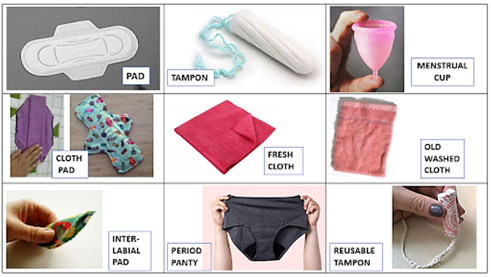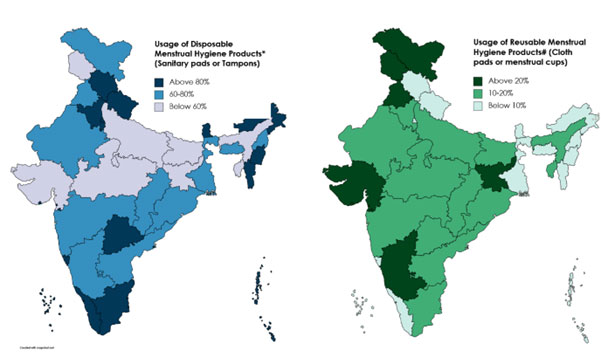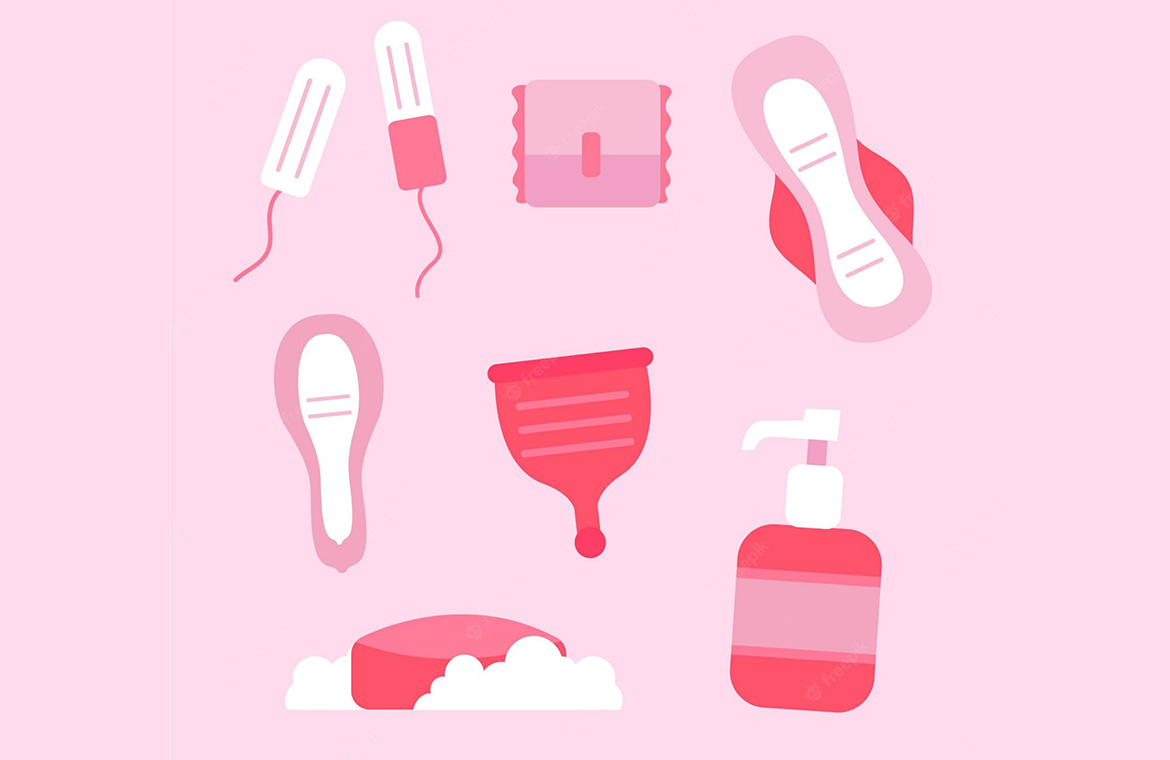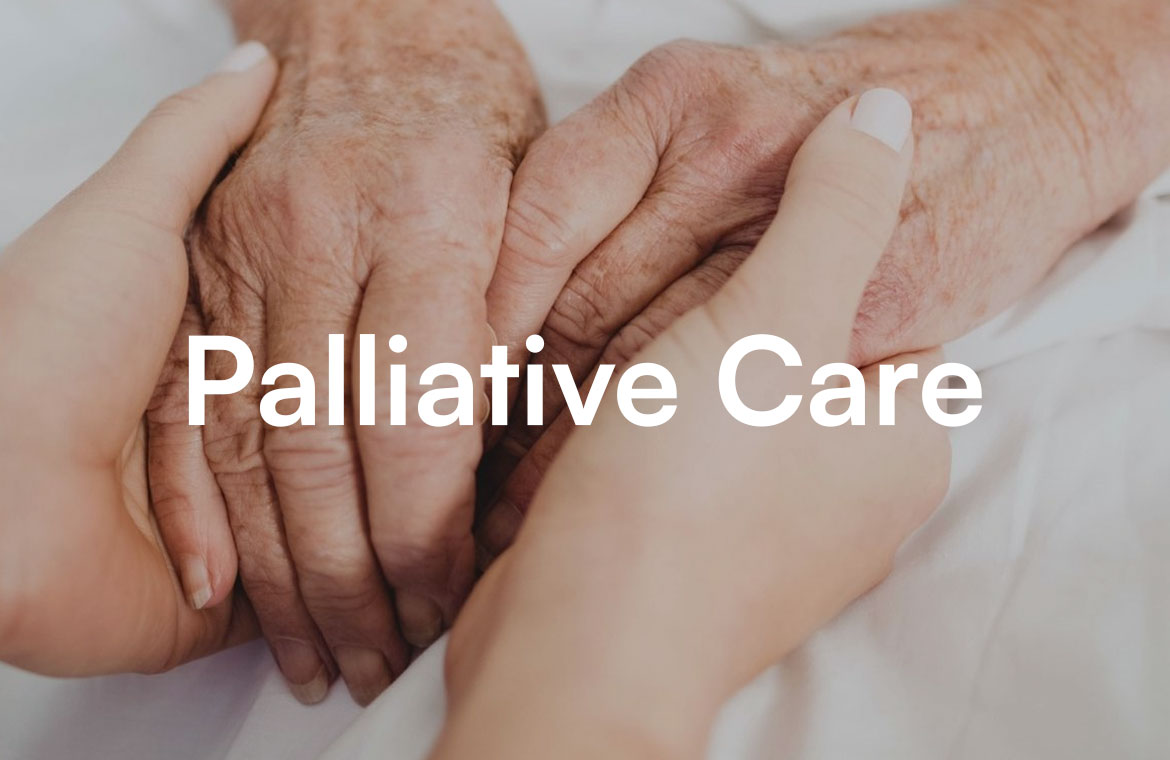There are multiple options for management of menstruation. However, no single menstrual hygiene product or material will be preferred by all people who menstruate, all the time. Any given menstrual hygiene product has aspects that people who menstruate may like and dislike for different reasons.
More than 75% of people who menstruate in high- and upper middle-income countries use commercially produced menstrual hygiene products while in low-and middle-income countries, over half of the people who menstruate use homemade menstrual hygiene products.
As both commercial and homemade products have their pros and cons, it should be the informed choice of each menstruator to use safely and hygienically, the menstrual product to their preference, price, convenience and availability in the local market. Simple, clear and factually correct information will help young girls starting their reproductive life to decide the right menstrual hygiene product to be used, free from judgement by others.
Intervention is surely needed where widespread unhygienic or harmful practices are followed for Menstrual Hygiene Management. In that case we need to actively promote alternatives that do not put menstruators’ health at risk.
Given below is description of each menstrual hygiene product along with the pros and cons of each product.
Disposable menstrual hygiene products:
Disposable pads: Pads to absorb menstrual flow consisting of a layered design made of plastics, rayon and cotton; and come in various sizes, absorbencies and materials. Disposable pads are popular among people who menstruate as they are easy to use, comfortable, culturally acceptable and don’t need water for placing of pad or changing the pad. Issues with disposable pads are that- not everyone can afford them; they expose users to harmful chemicals such as dioxin, furans, styrene etc which can cause health problems on contact and in long term and they create biotoxic non-biodegradable waste which is a huge problem to deal with.
Tampons: Tampons are absorbent materials made from cotton and/or rayon that are inserted into the vagina to absorb menstrual flow. Some of the pros with tampons are freedom of activities and no need of water while placing and changing the tampon while cons are numerous. As tampons are inserted inside vagina they may not be culturally acceptable, tampons when placed inside the vaginal canal disturb vaginal flora and can cause vaginal dryness and ulcers. Tampons if left inside vagina for long hours can lead to a rare but serious medical condition called the Toxic shock syndrome. As seen with disposable pads, tampons also have the issues with affordability and generation of biotoxic non-biodegradable waste.
Reusable menstrual hygiene products:
Menstrual cloth: Reusable pieces of fabric worn made from either newly purchased pieces of fabric (mostly cotton) or old repurposed fabric.
Menstrual cloth has the advantages of ease of availability, cheaper price, reusability, cultural acceptability and generation of biodegradable waste. It has many disadvantages too, namely- problem of not staying in place and causing leakage, poor washing and drying practices leading to reproductive tract infections, need of water, soap, sunlight and cloth line to be able to use menstrual cloth safely and efficiently. Health education and awareness about washing and drying practices can eliminate some of these issues.
Reusable pads: Pads made from a variety of natural or synthetic materials to absorb menstrual flow and held in place usually by buttons. After use, they are washed, dried and re-used. Reusable pads can be local procured and manufactured easily, are reusable, culturally acceptable, biodegradable and cheaper than disposable options when cost is calculated on yearly basis. Problems faced with menstrual cloth such as poor washing and drying practices leading to reproductive tract infections, and the repeated need of water, soap, sunlight and cloth line; can be faced with reusable pads as well.
Menstrual cup: The menstrual cup is a non-absorbent bell-shaped device made of medical-grade silicone that is inserted into the vagina to collect menstrual flow. It creates a seal and is held in place by the walls of the vagina. Menstrual cup is gaining popularity as a menstrual hygiene product at an exponential rate in India owing to reasons like Comfort and freedom of activities, reusable for 5-10 years, lesser environmental impact, very cheap on annual basis. Some issues faced by menstruators can be cultural hinderance towards insertion of cup inside vagina, the learning curve for insertion and removal of menstrual cup, difficulty in local procurement, manufacture and availability, higher initial purchase investment and the need of hot water or soap for cleaning of cup after use.

Menstrual Hygiene Product Usage in India (2019-21)
According to NFHS-5 survey, 64% use disposable pads and 1.7% use tampons in India. Among reusable options, 15% use cloth pads while 0.3% use menstrual cup in India. 50% Indians who menstruate use cloth as menstrual absorbent but there remains question of proper and hygienic usage. State with highest usage of disposable products was Goa (92.8%) while highest usage of reusable products was seen in Gujarat (28.5%). State wise usage of disposable and reusable menstrual hygiene products (excluding cloth) has been depicted in the following map.

References:
UNICEF. Guide to Menstrual Hygiene Materials. New York. 2019;32-3. Available from: https://www.unicef.org/media/91346/file/UNICEF-Guide-menstrual-hygiene-materials-2019.pdf
Nabata K, Clayton F. Comparing the long term feasibility of reusable menstrual hygiene management strategies in a population of adolescent females in a remote Himalayan community. J Investig Med. 2019; 67:111–2.
Jamwal N. Why are we pretending that there isn’t a growing mountain of menstrual waste we need to deal with? 2015. https://in. news.yahoo.com/why-are-we-pretending-that-there-isn-t-a-growingmountain-of-menstrual-waste-we-need-to-deal-with-111659074.html (accessed 28 May 2015).
van Eijk AM, Laserson KF, Nyothach E et al. Use of menstrual cups among school girls: longitudinal observations nested in a randomised controlled feasibility study in rural Western Kenya. Reprod Health. 2018;15:139
International Institute for Population Sciences (IIPS) and ICF. 2021. National Family Health Survey (NFHS-5), 2019-21: India. Mumbai: IIPS.




Dear readers,
Let us all promote hygienic usage of reusable menstrual hygiene products. Only sustainable products like cloth pads and menstrual cup can help achieve SDGs as well as protect well being of the users and the planet.
Thank you
Dr Mamta Gehlawat (Author)
Good information…